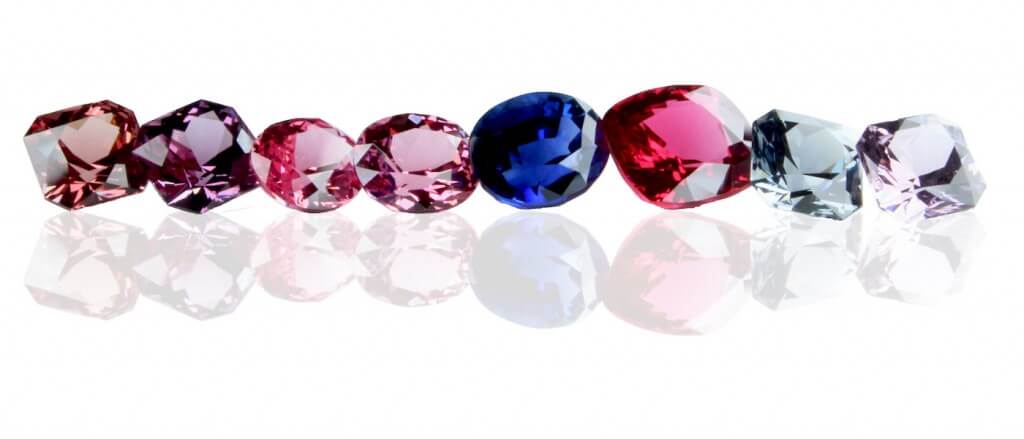Exploring the World of Rare Gemstone When it comes to luxury jewellery, nothing compares to precious rare gemstones. The sparkle, the depth, and the sheer beauty of these jewels hold a timeless charm. Rare gemstones of superior quality often exhibit unparalleled brilliance, rich colour saturation, and impeccable clarity. That simply unmatched beauty making them not […]
Coloured Gemstone Engagement Ring A Fusion of Personalisation & Style by GIOIA Fine Jewellery In Singapore, gemstone engagement ring customised with unique coloured birthstone redefine tradition. At GIOIA Fine Jewellery, we’re embracing this shift from the classic solitaire to rings that resonate with personal stories. Our clients increasingly seek bespoke, non-traditional engagement ring, and the
Gemstone Engagement Ring Read More »
alexandrite, Aquamarine, Birthstone, Blue Sapphire Ring, Cluster Ring, custom made ring, engagement ring, gemstone engagement ring, morganite, paraiba tourmaline, ruby, Sapphire Padparadscha, spinel, tanzanite, tourmaline, Vintage floral Ring, wedding rings, yellow sapphireGemstone Engagement Ring
Alexandrite colour change A vision of vivid colour, this engagement ring with wedding band were custom made for a couple who wanted to source a rare coloured gemstone ring. The vibrant alexandrite gemstone exudes a green to bluish-green colour during daylight and turns red to purplish-red when subjected to incandescent light. This mesmerising gem belongs to
Alexandrite Colour Change Read More »
alexandrite, Birthstone, birthstone jewellery


